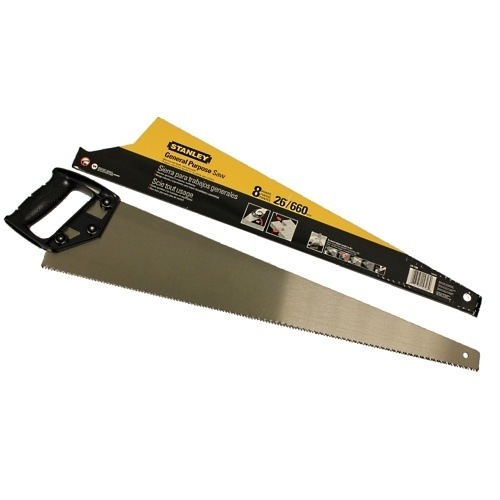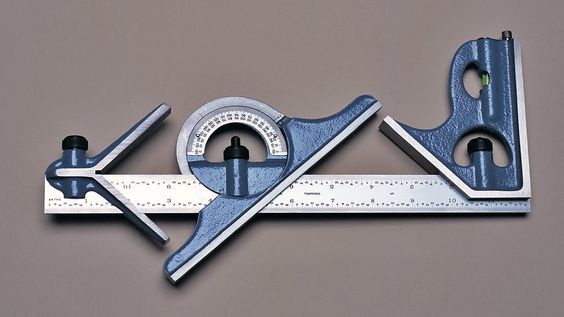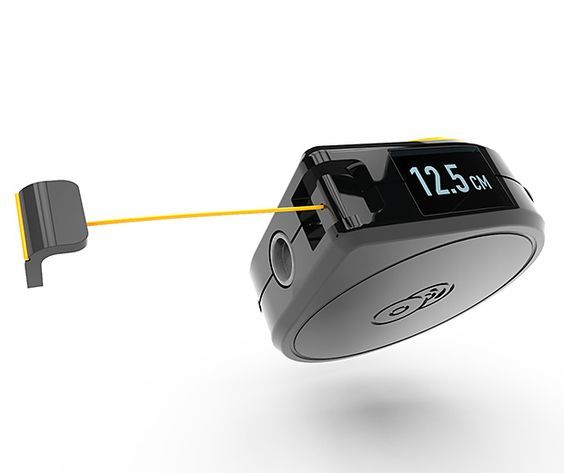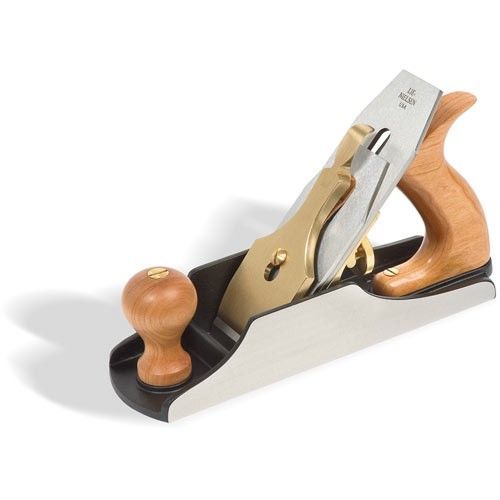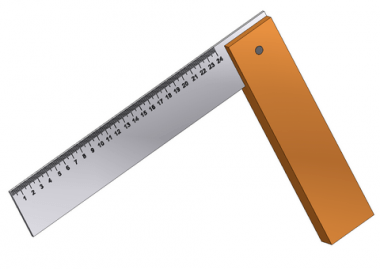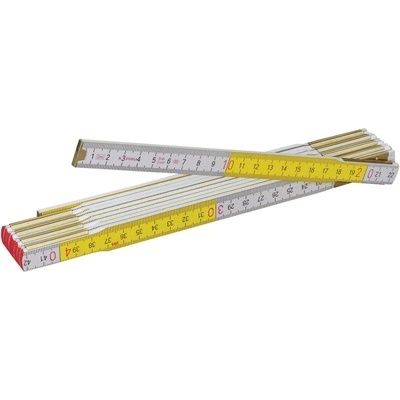To many of the readers reading this post, woodworking may be more of a hobby or a passion that a means to make a living. And for such people, achieving perfection is the most important thing.
Such perfection can be achieved not only with the skill of an experienced woodworker but also with the help of proper wood working tools.
In the paragraphs to follow, we are going to make a woodworking hand tools list to help you buy the right woodw?orking equipment and create works of art!
More...

CUTTING TOOLS
Coping Saw
This can cut curves. It has got a blade which can rotate to make it possible to do all sorts of angled cuts.
This is required to cut out waste material.
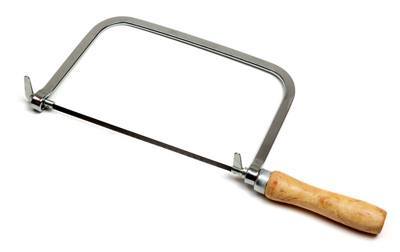
Coping Saw via How stuff works
MARKING TOOLS
HAND PLANES
?CHISELS
Bevel-edge Chisels
You would find that the finer tools tend to have wooden handles if you buy these, you should purchase wooden mallet make sure you include a wooden mallet on your shopping list because wooden handles don't mix with hammers very well!
Here are the woodworking equipment that you should add to your shopping list if you want to do a good job at woodworking – whether it is your hobby or a business:
Miter Box and Miter Saw
With a good miter box and saw, you will be able to cut your wood to very accurate lengths.
This saves you a lot of time. This saw glides back and forth through a saw frame.
The angles can be changed to help you to cut perfect picture frames.
Coping Saw
The coping saw is regularly used for rough cutting shapes on the board.

Coping Saw via How stuff works
This is particularly required for removing waste from dovetail joints.
A coping saw will work fine as long as you have kept a plenty of replacement blades on hand.
Buy or Build a Try Square
These are the most basic kinds of saws that are used to cut wood into different shapes.
If you feel not very confident to build your own try square at this point of time you should purchase a good metal try square.The length should be between 9 to 12 inches.
It will be used for scribing square lines down the face of your boards which would mark where to cut with your saw.
Folding Rule and/or Tape Measure
A “folding rule” is something which came with a tape measure. It allows you to take rough measurements when cutting boards, etc.
If your budget restricts you, a small tape measure can be used for the same job of rough measurement.
A 24-inch wooden rule is very handy to have because it is easy to carry and helps you have quick measurements.
Marking Knife
A marking knife is used for marking where you will be cutting with your saws.
For getting into tight spots (like dovetails) and making very accurate lines (which is required for tight fitting joints) you need exactly the right marking knife.
You would think that any old knife would work, but you would be wrong. I purchased several that didn’t work well.
Sharpening Supplies
Having very sharp tools is one of the most important aspects of proper traditional woodworking. Many beginners think that they stink at woodworking, but usually, they are just using dull hand tools.
To start off with I recommend buying sharpening supplies for sharpening & honing your chisels and hand plane irons. You can learn saw sharpening in a few months (if you purchase a newly sharpened saw).
Here is a video link on how to sharpen your chisels:
It recommend buying (1) a grinder with a cool cutting stone (either hand crank or power), (2) a honing guide, (3) good quality water stones (read my buying guide for grit options and bad stones to avoid), and a diamond lapping plate, for flattening your water stones.
Battery Drill
You will need a simple drill/driver which should have simple torque control.
Before buying try to buy something which is comfortable.

Battery Drill via toolguyd
Screwdriver Bits
These are generally given free on purchase of the drill/driver. So, you may not have to buy these separately.
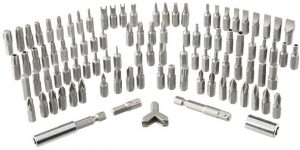
Screwdriver Bit Set via Toodguyd
For sharpening
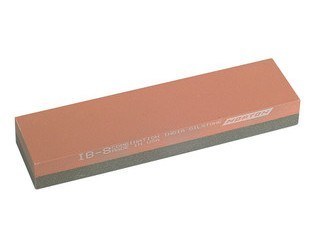
Oilstone via jewson
There are options available. You can go for the quite expensive diamond stone.
You can go for oil stone. Another option is to go for Japanese water stone.
Now that you have got an idea about what woodworking tools you need, start shopping and start making wonderful woodwork articles!


